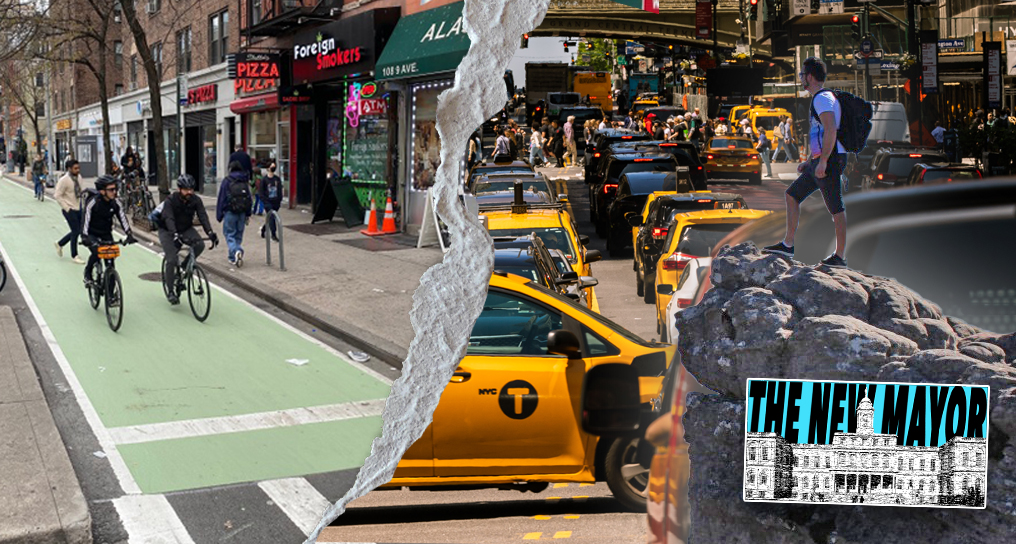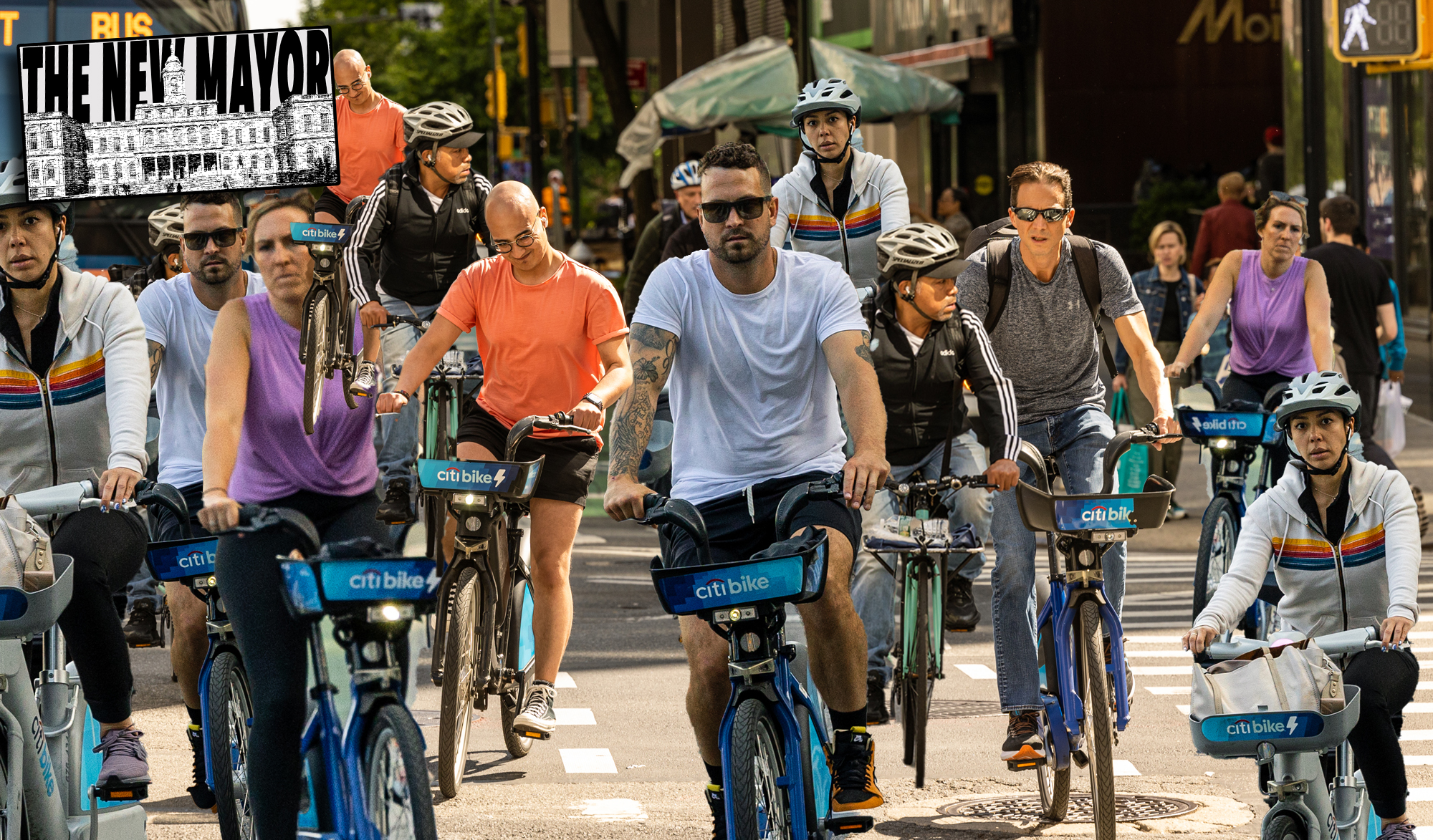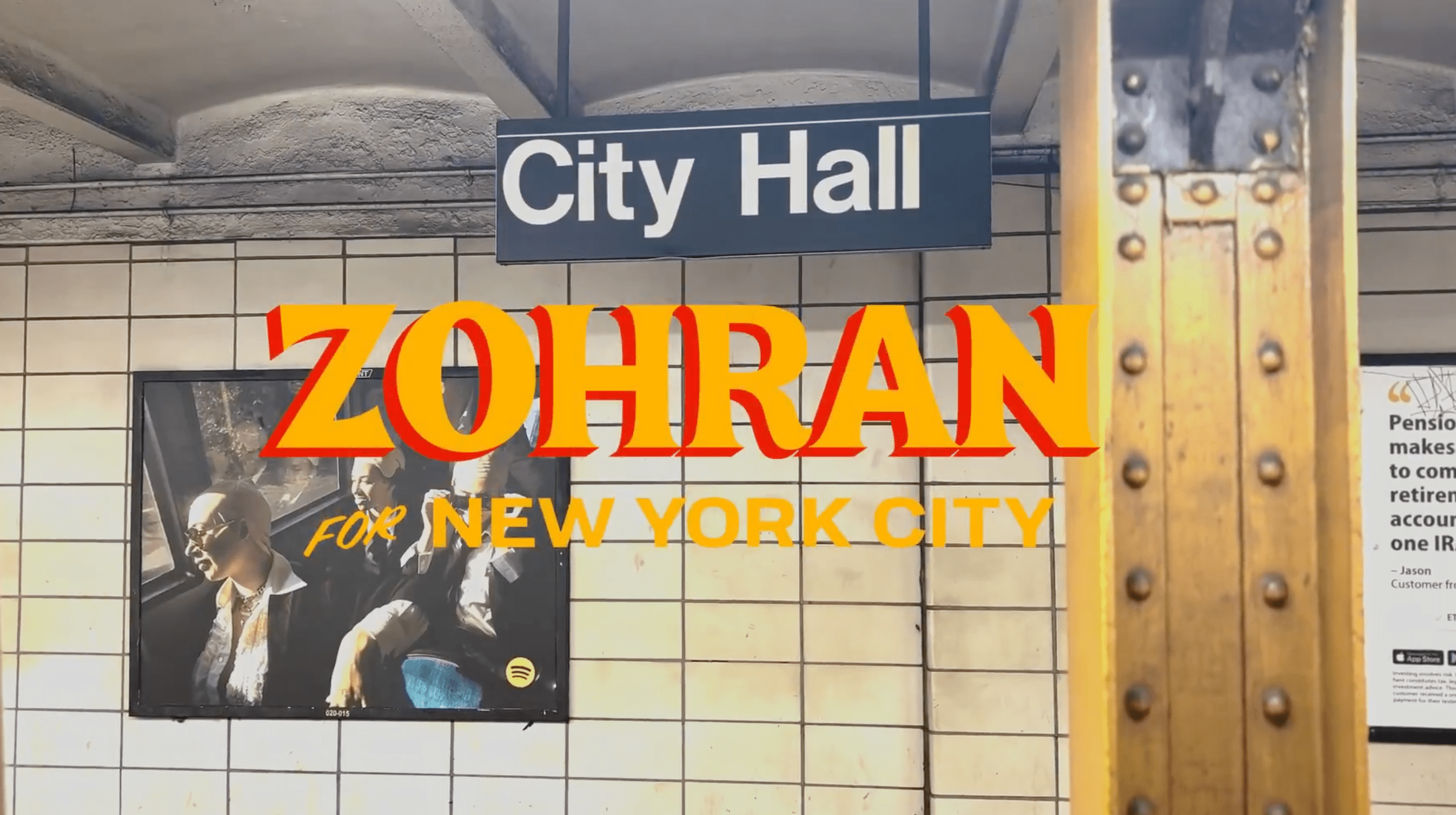How far will transportation agencies go to spin public perception of their highway expansion plans? San Diego's KPBS has produced a brilliant case study in this video and the accompanying report -- a deep dive into the media operation mounted by the San Diego Association of Governments (SANDAG) to defend its slate of highway expansion projects.
In late 2011, SANDAG passed a long-term transportation plan with a slew of highway expansions guaranteed to increase pollution and greenhouse gas emissions. Nevertheless, the agency hailed its work as an environmental victory, the first such plan in California to meet the state's supposedly stringent new sustainability goals.
Environmental groups weren't fooled. They sued SANDAG on the basis that the agency failed to account for the increased traffic generated by highways, and they were soon joined by California Attorney General Kamala Harris.
Rather than make any substantive policy changes, SANDAG has doubled down on highway expansion in the latest update to its long-range plan (which has to be refreshed every four years). The updated plan calls for 1,757 miles of additional freeway capacity to be built in the next 35 years.
SANDAG's plan slates the transit and biking projects far into the future while those highway miles are going to get built much sooner. Even taking the multi-modal projects into account, wrote CityLab's Eric Jaffe, "It's the complete opposite of everything the state hopes to achieve."
SANDAG officials anticipated pushback from the environmental groups that were suing them. So naturally it deployed an expensive, highly-coordinated media strategy to sell the public on the environmental virtues of its highway expansion project list and ensure its passage.
KPBS reporter Claire Trageser acquired internal SANDAG documents that show how the agency went about shaping the media narrative. Most public agencies have press operations, but it's revealing just how much time and effort SANDAG spent to sell people on the billions of dollars in highway projects it wants to pursue.
Here are a few of the highlights from Trageser's review of SANDAG's media operation:
- SANDAG spent $560,000 on media consultants to convey its message. That's in addition to the 12 full-time communications staff and three interns the agency already employed at a cost of $1 million annually.
- SANDAG authored an opinion column in support of the plan then shopped it around to different public officials in the hopes that they could run it under different bylines in different publications, with only minor tweaks to the content. In the end some officials declined to put their name on it, so it ran in four different media outlets with two different sets of bylines.
- The column misleadingly asserts that the plan "will cut greenhouse gas emission even farther than targets set for our region by the California Air Resources Board -- reducing per capita greenhouse gas emissions by 15 percent by 2020 and 21 percent by 2035." But SANDAG's own materials show the plan will not meet the state's emissions goals.
- SANDAG employees would sometimes exchange "dozens of emails over multiple days" deliberating how to respond to negative tweets about the plan.
- SANDAG pitched a select group of local reporters on story ideas like “Is ‘Transit-First’ truly an option?” -- casting doubt on the position of environmentalists opposed to the plan.
- When San Diego City Council President Todd Gloria, a supporter of the plan, was questioned by media outlets, he sent questions directly to SANDAG communications staff, who drafted a response for him. Gloria's communications staff offered to rework the quotes to make them sound more "Todd-esque." Ultimately, they rejected the agency's answers as "too wonky," and Gloria did an interview instead. At other times, communications staff for Gloria sent their public comments to SANDAG communications staff for approval before releasing them.
The plan was approved unanimously by SANDAG's board in October.
SANDAG said its press operation was a necessary part of "educating" the public and media about the plan. And in some ways, SANDAG's press operation is simply typical of how government operates in the 21st Century. Internal documents of any given public agency might reveal similar techniques.
Still, Bey-Ling Sha of San Diego University's School of Journalism and Communication said the story -- in Trageser's words -- illustrates "a tension between putting out information and trying to persuade the public." A substantial amount of SANDAG's resources -- i.e. public, taxpayer-funded resources -- goes toward convincing the press that highway expansion is good for the environment.





